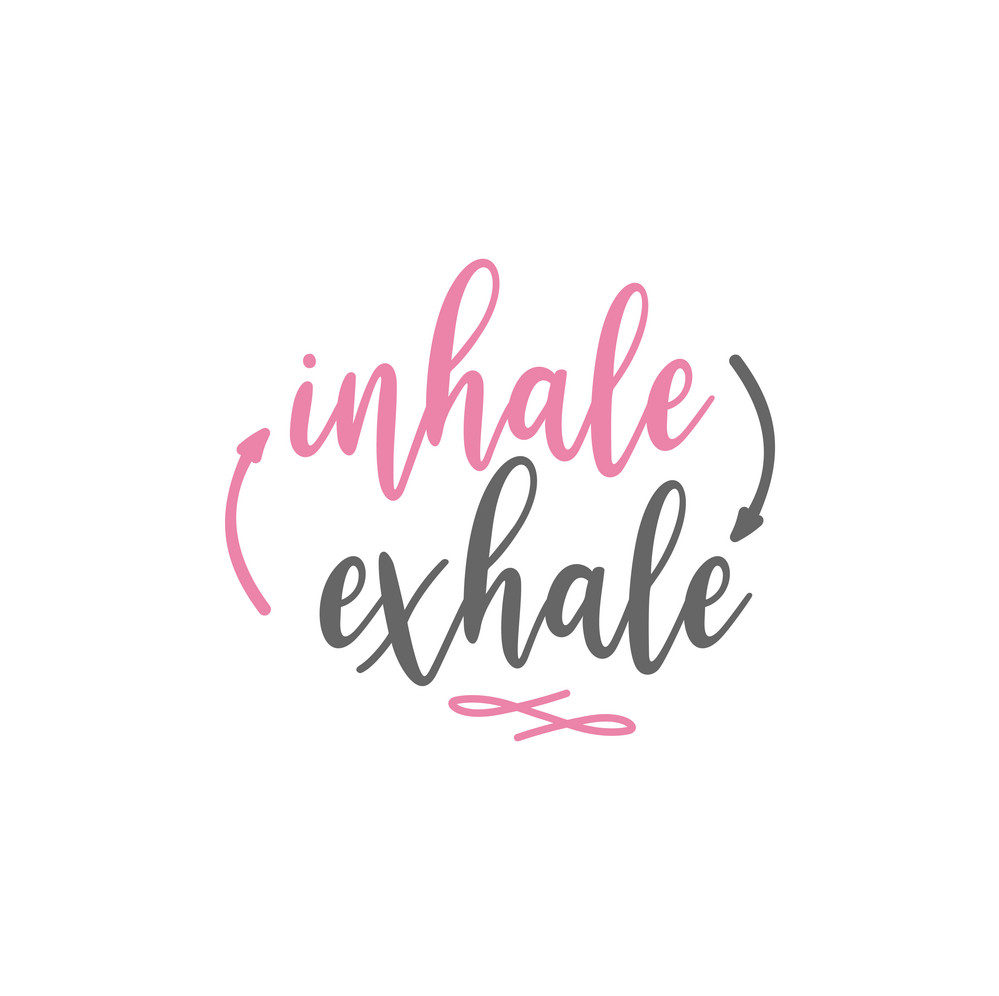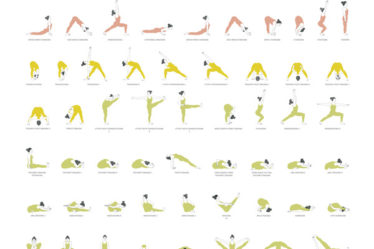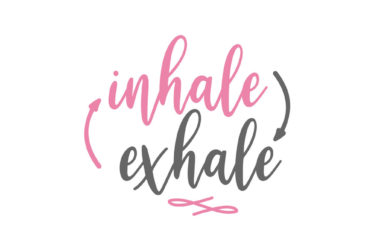
- Register in advance and complete any necessary forms ahead of time. A teacher running his or her own studio (even if it’s just online) is preparing for class too and probably doesn’t have time 5 minutes before the scheduled start time to send you login information or help you troubleshoot.
- Set up your space ahead of time. Have your mat and necessary props close by, preferrably near clear wall space. If possible leave your phone, and any other distractions, in another room.
- Set up your camera so that the teacher can see YOU. Many teachers do not demonstrate (especially in online classes) and don’t want you craning your neck to see them. Their verbal cues should be enough to get you from point A to point B and they will be watching you to see if they need to change their words, pace the class differently, etc. A great view is a profile shot (down the long edge of your mat) with enough height that they can see the majority of your body once you stand up.
- Keep yourself on mute during the class and only unmute if you need to ask a question. Even if you aren’t speaking, the other random noises in the space/house around you may be distracting for other students.
- Turn your camera on. I know I said you don’t have to (and you really don’t), but like I said before, the teacher should be watching you to determine the pace of the class and to see if their cues are landing. If you are comfortable with it, turn the camera on 🙂
- If you are nervous or confused about having the right set up or want to practice getting logged in and having all the technology ready, set up a short session with the teacher a day or two in advance of the class. Most teachers would be more than happy to spend 10-15 minutes helping you set up and work out the kinks ahead of time rather than after class has started.


